Large Red Damselflies.
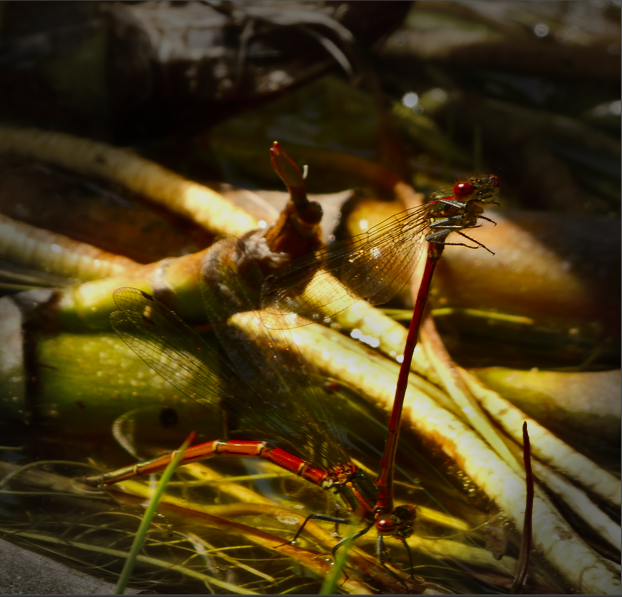
There was some Large Red Damselflies on our pond this week.
Large Red Damselflies.

There was some Large Red Damselflies on our pond this week.
Here in Ireland, our current good April weather means there are lots of queen bumblebees on the wing. Queens spent the winter asleep underground and are now awake and looking for food and nesting sites.
Nest places could be in forgotten areas of your garden which are undisturbed, or hedgerows and soil banks. The bees are also looking for food. The most popular “flower” in my garden at the moment are the flowers of the kale plants I have left in the ground from last winter.
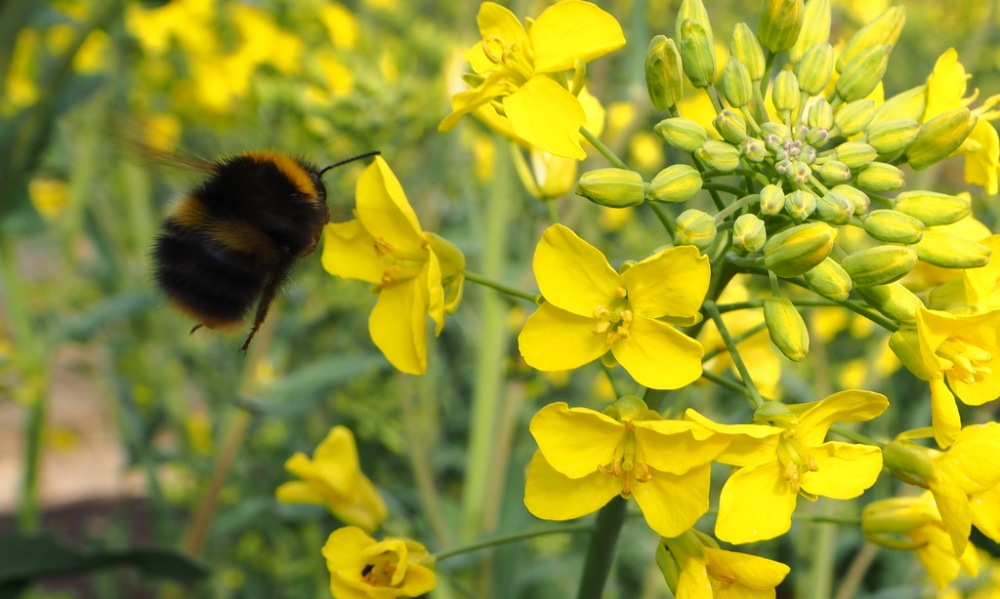
Early Bumblebee
The photo above is of an early bumblebee queen, Bombus pratorum, with it’s distinctive split yellow abdomen band and red tail. The red tail is not always obvious as it is on the very last segment, and often curved under the bee. In the workers, the yellow band on the abdomen can be very narrow or absent.
Other plants that are popular are blossom trees – this one below is a crab apple, again with an Early Bumblebee.
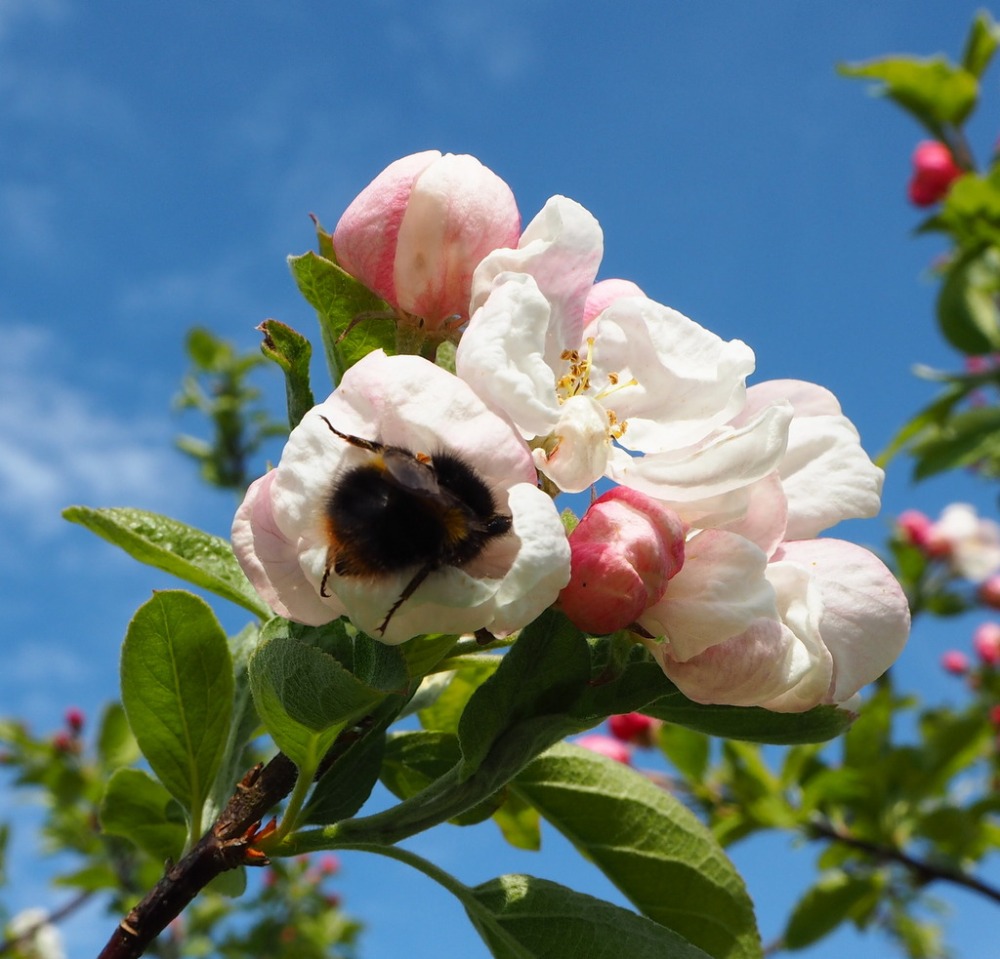
Early bumblebee on apple blossom
And finally, the comfrey plants are just coming into flower and the bees like those too.
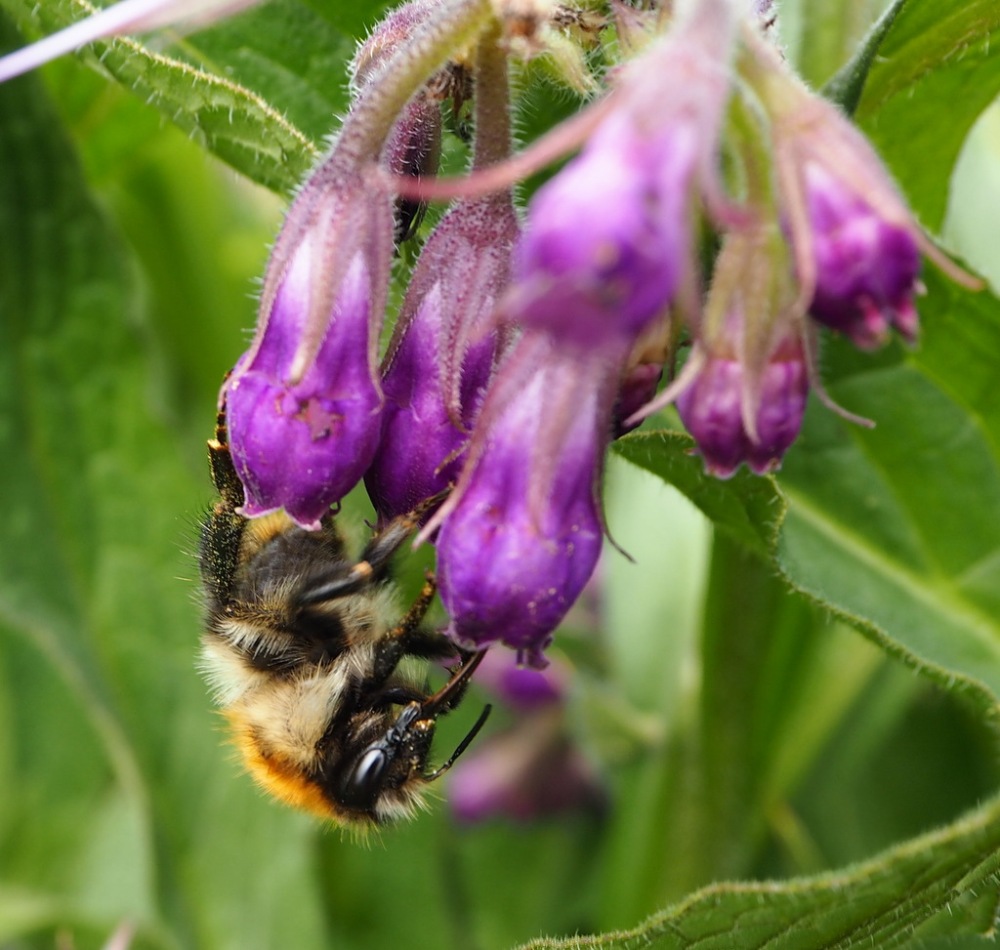
Common carder bee on comfrey
THINGS TO DO
To learn more about bees and other insects in your garden how about taking part in A Flower – Insect – Timed Count. Basically all you have to do is watch a 50 x 50cm patch of flowers for 10 minutes and record how many insects visit.
For detailed instructions and forms, check out the pollinators.ie website, or click here for link.
No matter where you live you can carry out this survey. But if you live in Ireland you can submit your results to the National Biodiversity Data Centre.
If you live in the UK you can find out more here.
I urge all of you to listen to the words of fifteen year old Greta Thunberg from Sweden who spoke so eloquently at the United Nations COP24 conference – you can find an article and video link to her talk here.
She is so right – we the people hold the power and we must make the changes. Greta is inspiring and I only wish our politicians would listen to her wise words. She will be my 2018 hero.
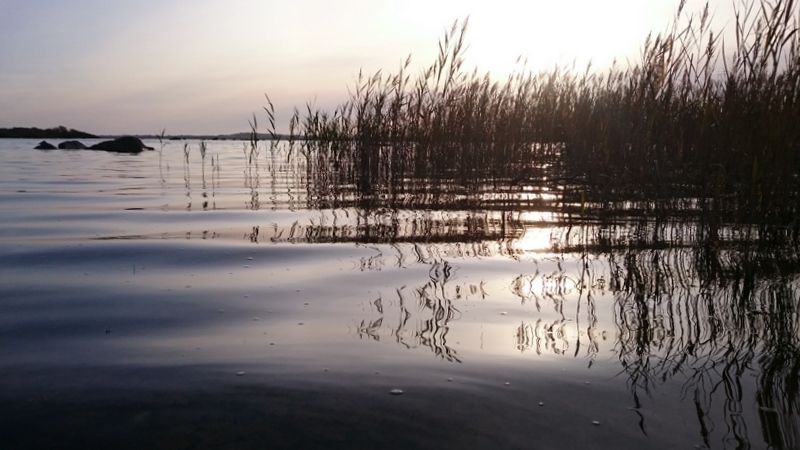
An excellent post from Some Small Holding on the importance of play.
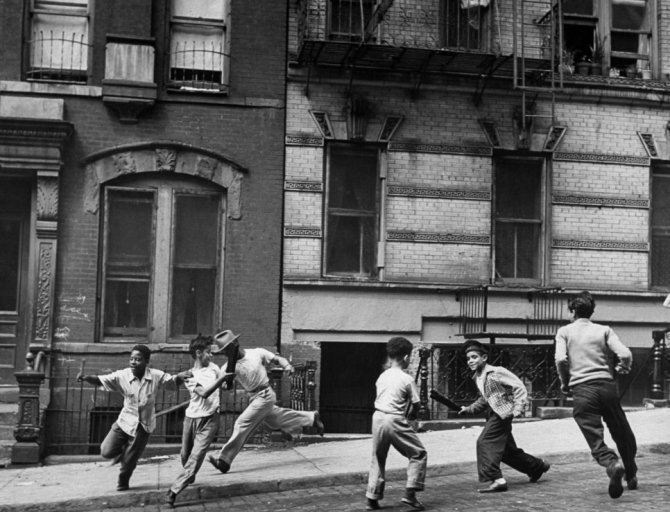
One sunny afternoon a few years ago, my then 9-year-old son uttered those words every parent or carer will be familiar with: “Mum, I am bored.” I gave him my usual response: “Go outside and find someone to play with.” He went out and returned five minutes later: “There is nobody out there.” I looked out the window to check that it hadn’t suddenly started raining, but no, the sun was high in the sky and not a cloud in sight. And indeed—not a kid in sight either.
Between June and December of 2016 researcher and urban explorer Daniel Raven-Ellison walked “the length of Britain and a bit” wearing an EEG headset that monitored his brain’s responses to the different places he visited. In an interview on BBC Radio 4 earlier this year he was asked to share some of the things that had stood out during his journey. “There…
View original post 1,228 more words
Spring has finally arrived and with it come flowers. And once we have flowers, we suddenly start seeing butterflies too. Butterflies love two things – flowers and sunshine!
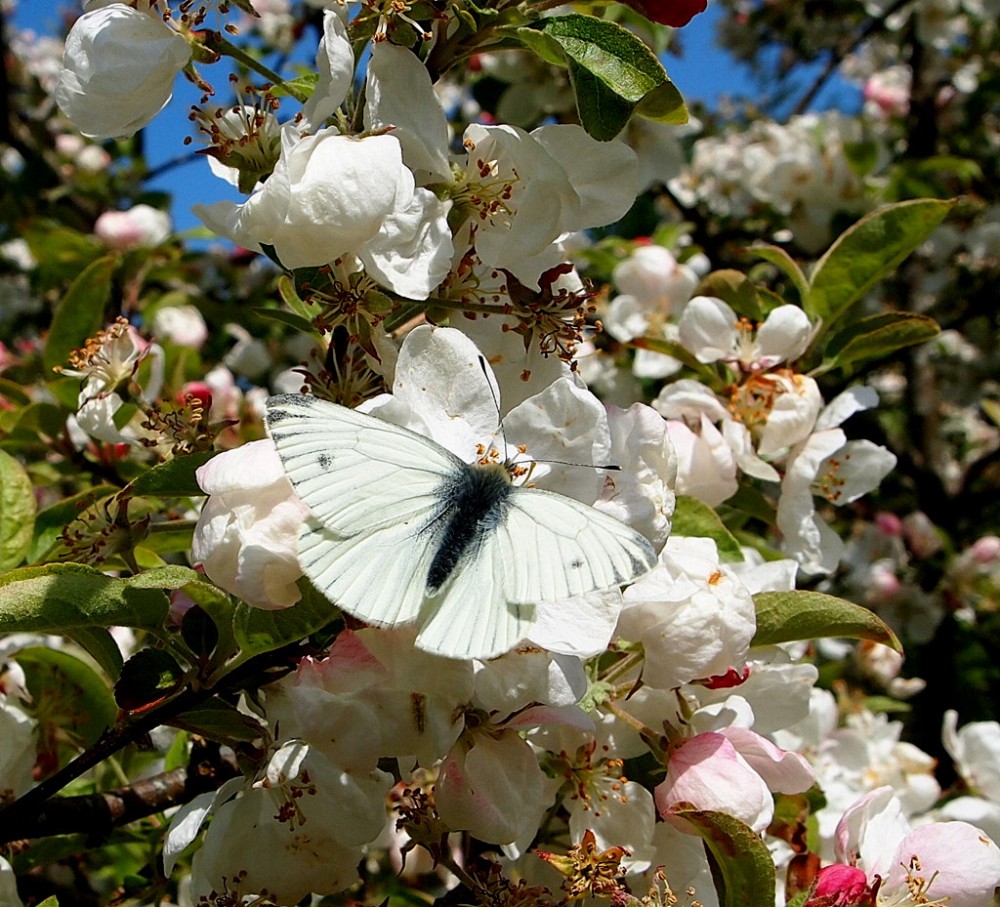
Ireland has 32 resident and 3 regular migrant species. All butterflies have a four stage life-cycle; egg, larva (caterpillar), pupa (chrysalis) and adult butterfly. Some butterflies over-winter as adults (sleeping somewhere sheltered, like old barns) and some overwinter as pupa.
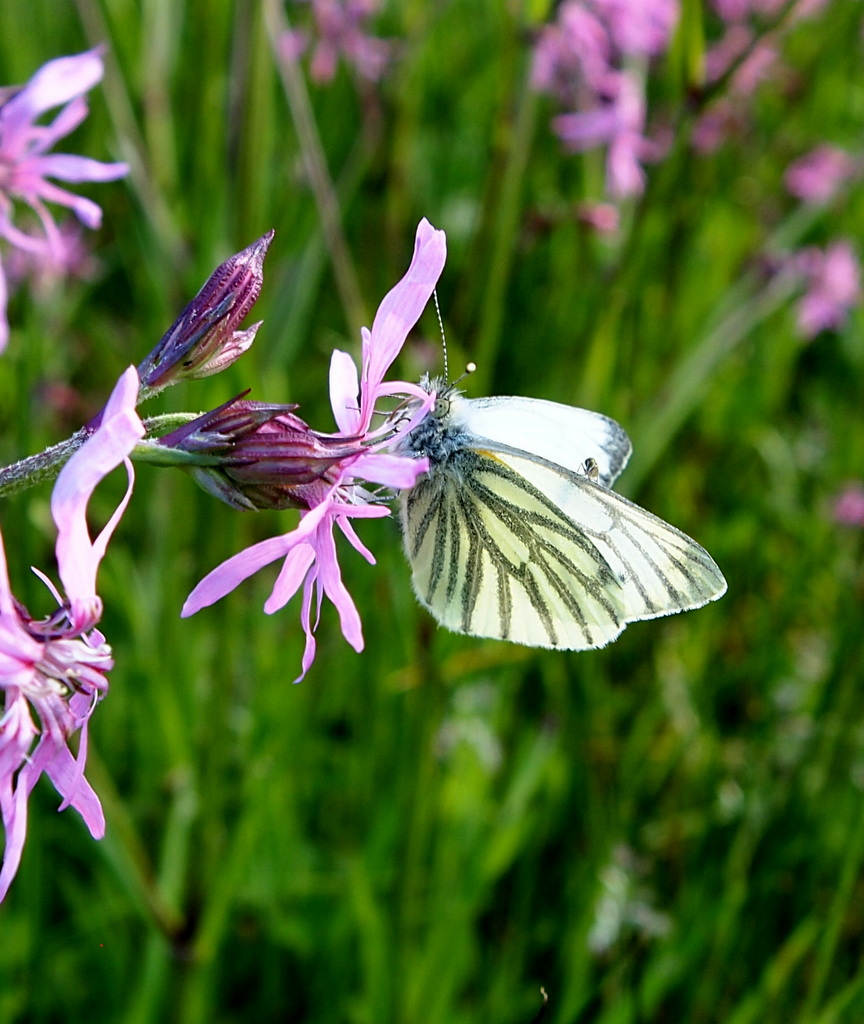
Green veined white on ragged robin
The green veined white butterfly in the above photograph would have emerged from a pupa that had over-wintered.
While the peacock butterfly in the photo below would have hibernated over winter as an adult. You can see that it’s colours are a little bit dull.
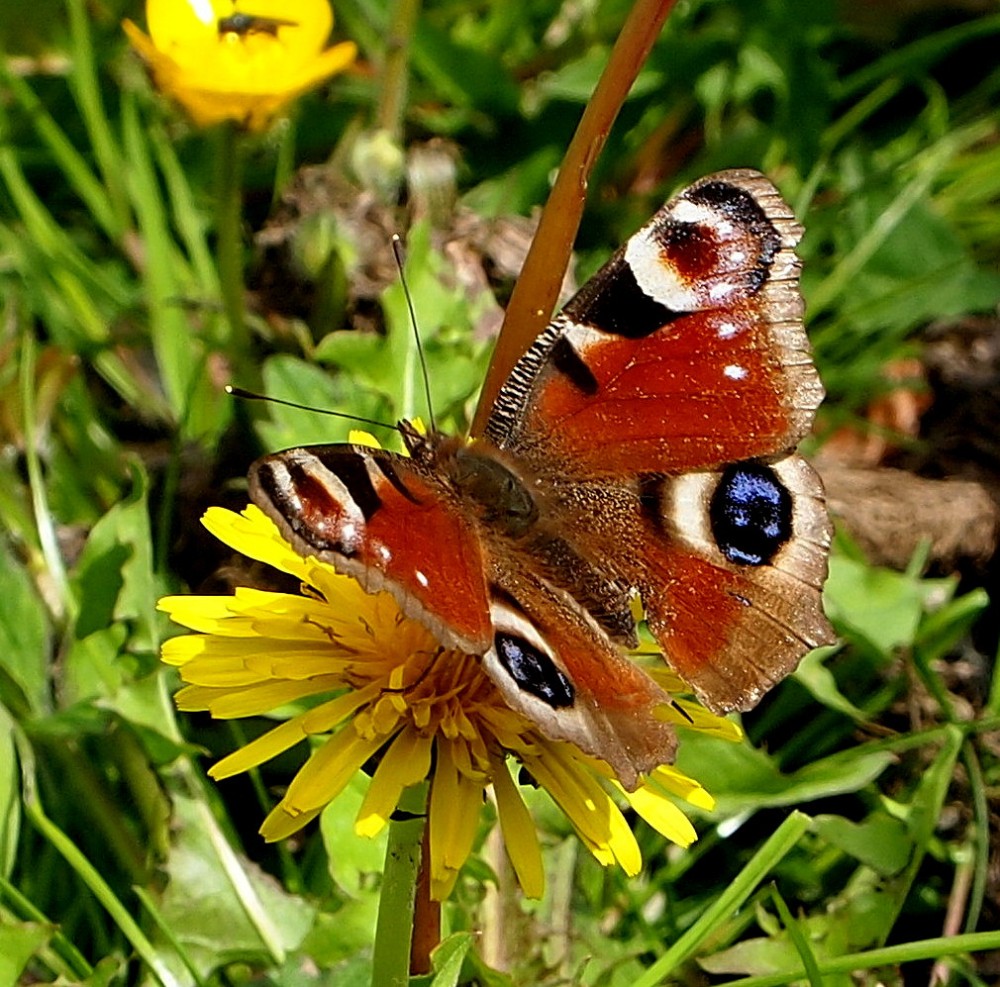
Peacock butterfly
These are the caterpillars of a peacock butterfly. The caterpillars feed on nettles.
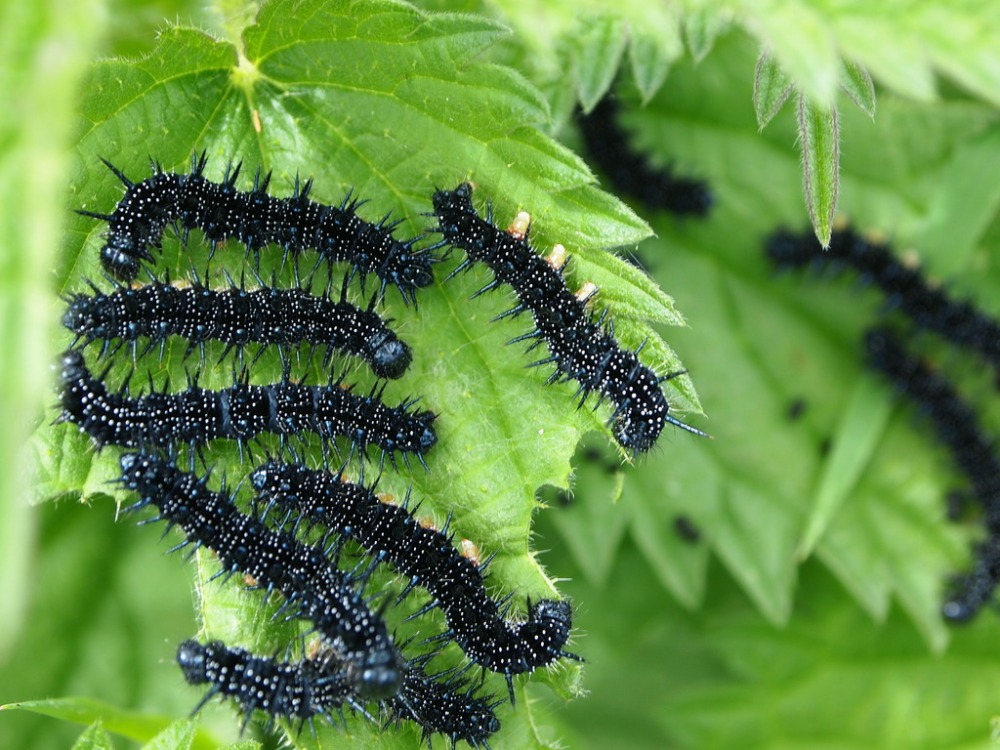
RESOURCES
Butterfly Craft
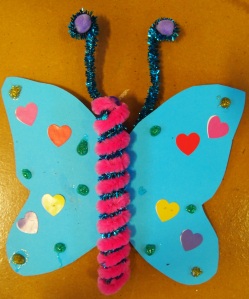
Butterfly craft
This is one of my favourite fun crafts. All you need is card, craft sticks, glue, pompoms, coloured pipecleaners, stickers
Colouring pages
Try this peacock colouring sheet or this tortoiseshell one.
Butterfly spotter Guides
Use this Nature Detective spotter guide to help you identify butterflies you see.
See also Wildlife Watch Guides
Both good for UK and Ireland
For online guide to butterflies of North America see here.
Butterfly Life Cycle
Learn all about the Butterfly Life Cycle here.
Web links
Butterfly Conservation Ireland
Irish Butterflies website
Yes it is frog season again. They are back in the pond and there is lots of spawn!
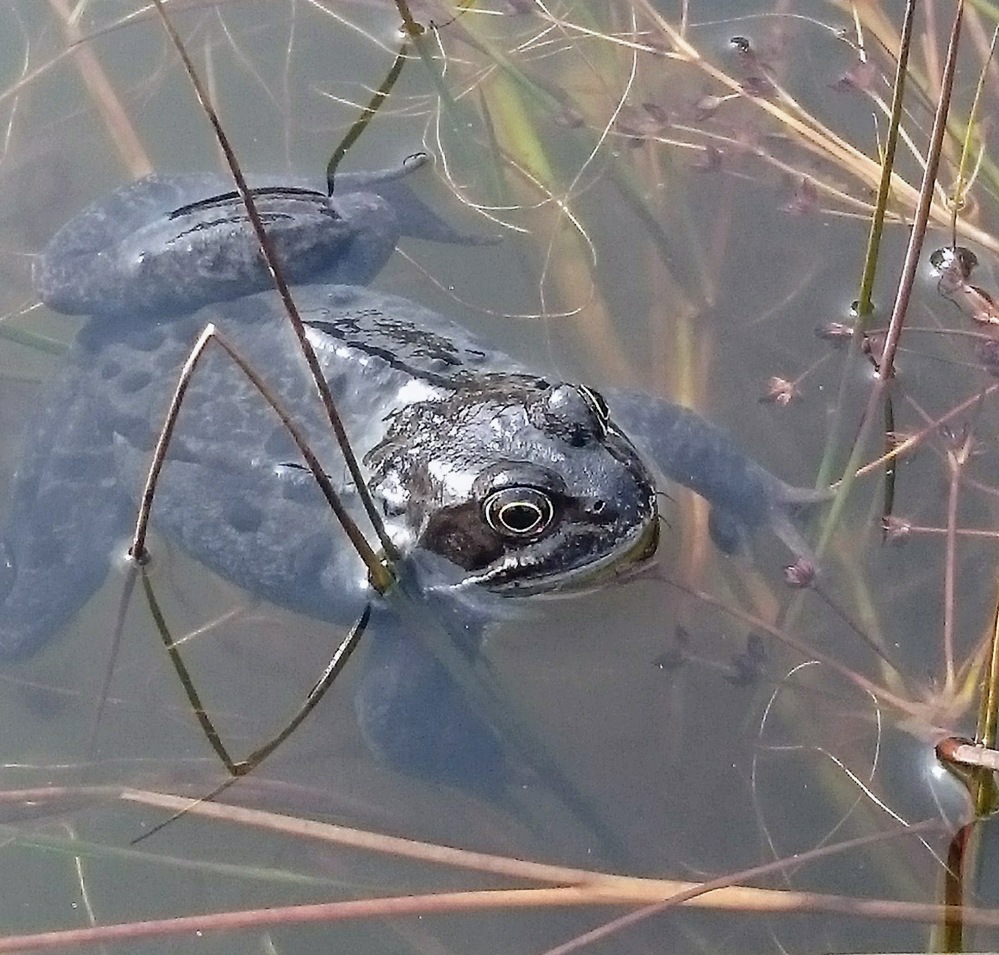
Common Frog
Check out some frog facts and activities on the Naturekids Frog Page
Heritage in Schoolsis a scheme run by the Heritage Council, here in Ireland. I have recently become a member of the Heritage in Schools panel. This panel is made up of individuals with expertise in various heritage subjects including science, geography, history and culture. Primary schools are encouraged to invite members of the panel to visit their school so that the children may develop a greater awareness of Ireland’s natural and cultural heritage. The children have fun learning outdoors and get to enjoy many different aspects of heritage and the environment. The cost of the visits are subsidised by the Heritage Council.

View original post 25 more words
Irish hares are one my favourite animals. So I was delighted with this young hare visited our garden recently.
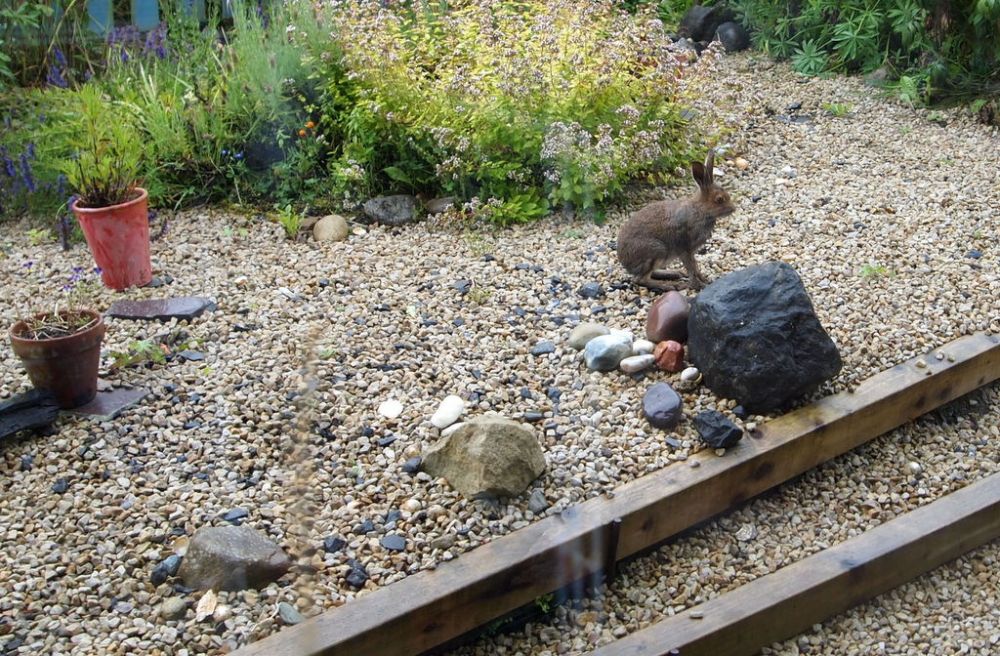
Young Irish Hare
The Irish Hare is native to Ireland and is a unique subspecies of a group of hares known as Mountain hares (Lepus timidus).
Like all hares, the Irish hares do not use burrows like their rabbit cousins. Instead they rely on cover of tall vegetation such as rushes, tall grass and heather. Often they will make a form in this tall vegetation. A form is like a nest on the ground, and it provides protection from wind and rain, as well as a place to hide.
Hares are most active early in the morning, or late in the evening and at night. They feed on a wide range of plants, such as grasses, sedges and heather. They will also browse on trees and shrubs like birch and swallow particularly in the winter months.
The young are called leveret. The mother hare will leave the young leverets in thick cover and only visit them once a night to feed them.
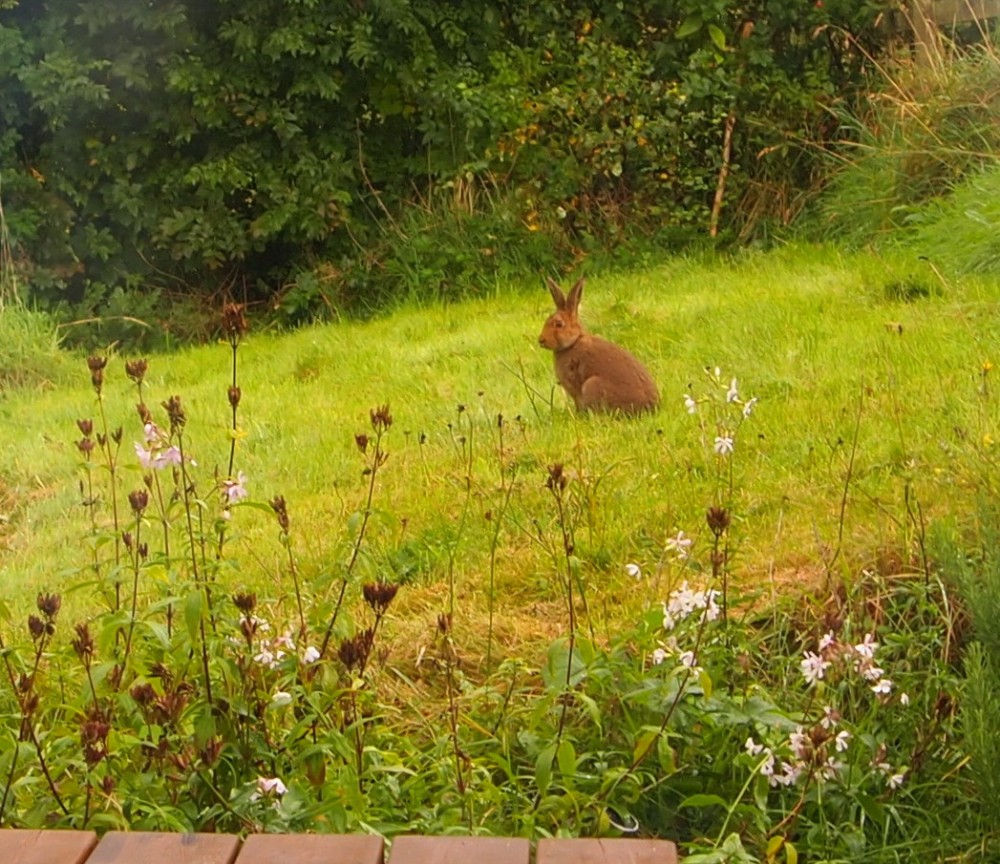
A week of so later and already he looks a bit bigger.
Resources
Books
Guess How Much I Love You – one of my favourite children’s books by Sam McBratney.
There are lots of lovely activities here.
Colouring Sheets
Craft
For more information
I recently watched a BBC Wildlife Documentary which has prompted me to do a post on giraffes. Did you know that giraffe populations have declined by over 40 % in the last few decades. This is worrying news for these iconic mammals.
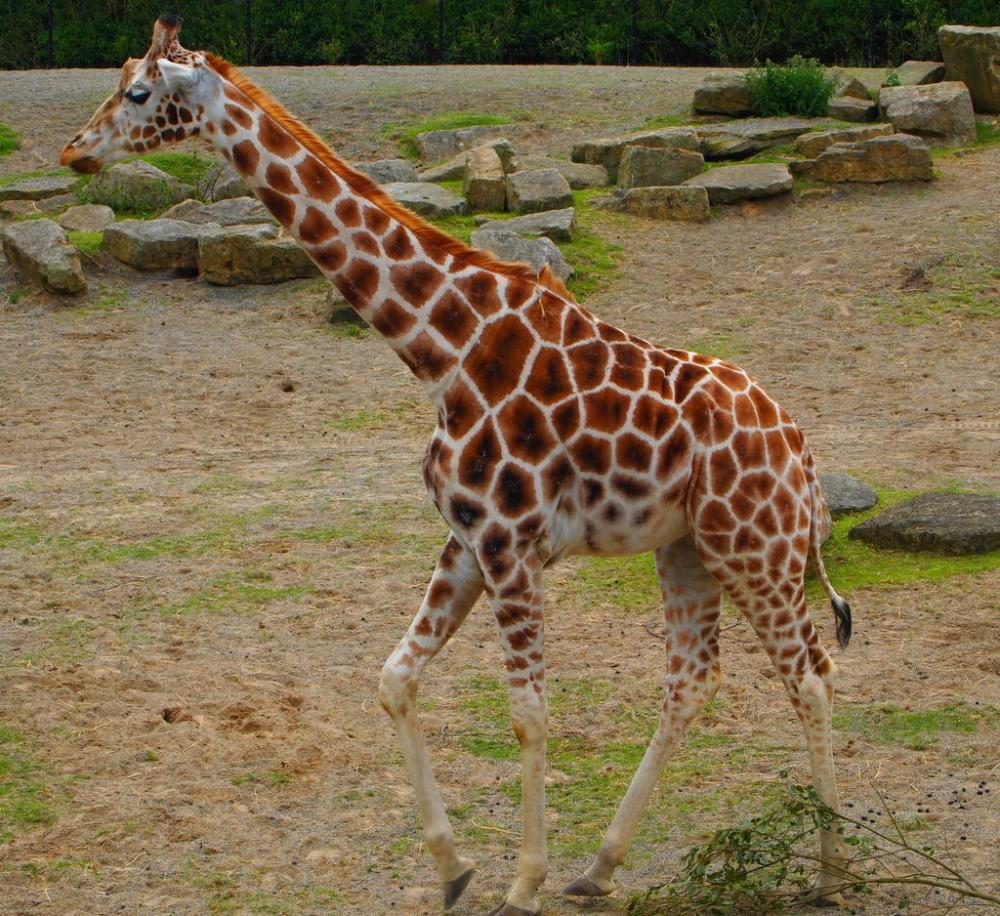
Giraffe at Dublin zoo
Giraffes facts
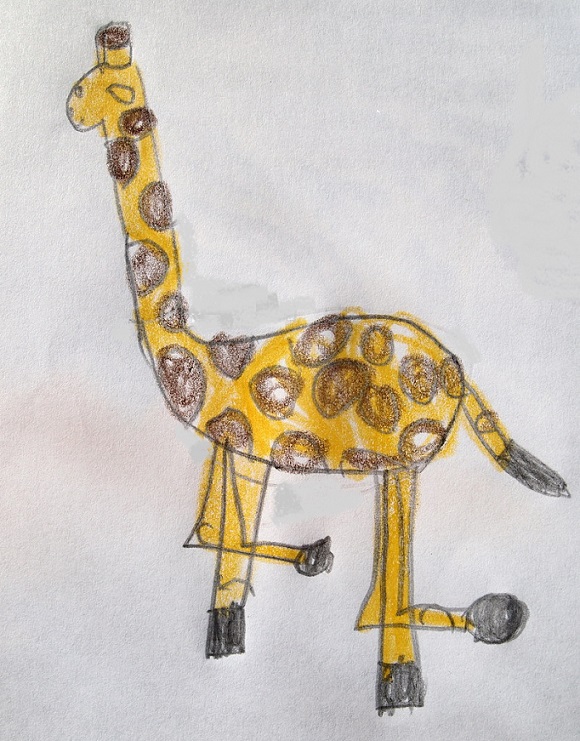
Giraffe, by B, age 6
Resources
For some fun crafts and guides for helping you draw giraffes check out this link
https://giraffeconservation.org/2016/03/15/giraffe-fun-for-kids/
Children’s Books
Giraffes Can’t Dance by Giles Andreae (click here Interactive reading version)
The story of long-legged Gerald the giraffe, who’s legs just don’t do what he wants them to do when it comes to dancing, until that is, he finds his own special music. Heart warming story perfect for younger reader.
Spring and summer are a great time of year to get outside looking for bumblebees.
Queen bumblebees spend the winter asleep in little burrows. In the spring, she emerges and starts to look for food to build up her reserves from a winter of not eating! Once she is ready she starts looking for a nesting site. This could be in some long grass, a hedgerow bank or even an old mouse hole. Once she is happy with her chosen site she starts to collect pollen which she makes into a “Bee Bread” by mixing it with nectar. She lays some eggs in her nest and once the little grubs hatch they feed on the bee bread.
Once the grubs are big enough they will pupate (just like a caterpillar) and soon new worker bees will emerge. The queen now stays in nest laying eggs, while the workers do all the work of collecting the pollen and looking after the young.
In early summer, it is often the workers you see feeding on flowers. Sometimes you will see a queen. These tend to be much bigger.
Look out for the full pollen baskets on the back legs of the bees. The one below is very full!
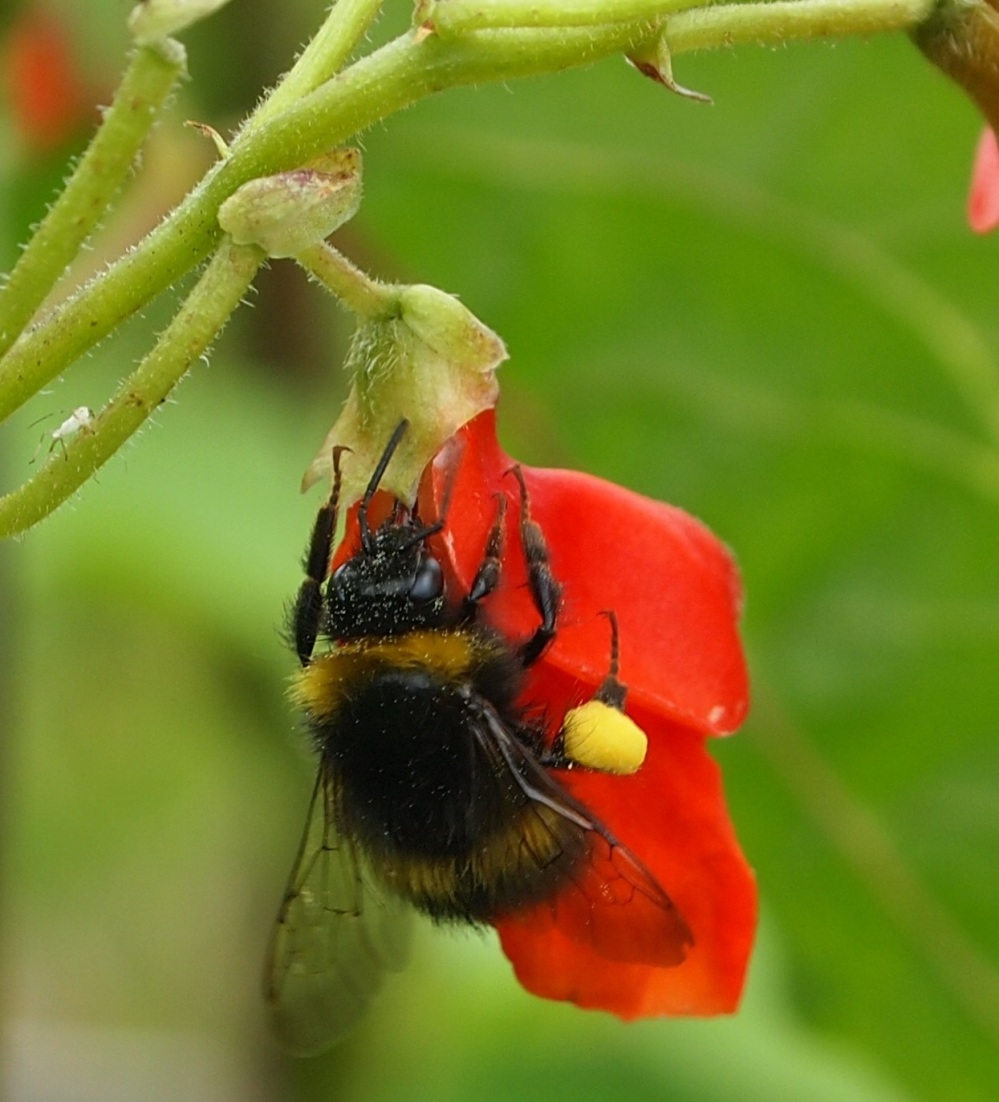
Later in the summer new males and queens will emerge from the nests. They will mate. The new queens will feed and build up their reserves before they hibernate and start the whole cycle all over again.
RESOURCES
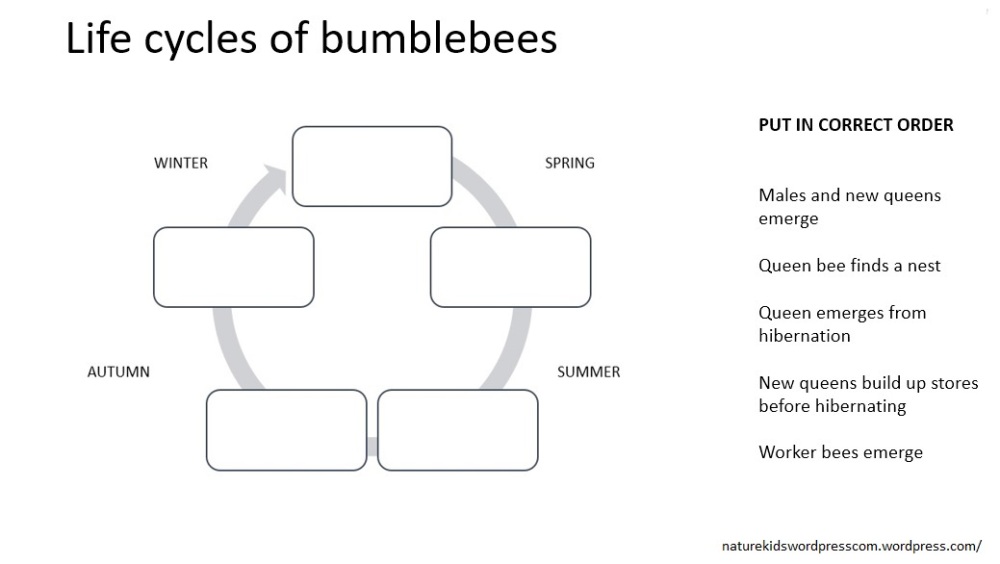
Bumblebeekids by the Bumblebee Conservation Trust has some great activity sheets for a range of age groups.
Bee Scene – a great activity for older children developed by Wildaboutplants.org